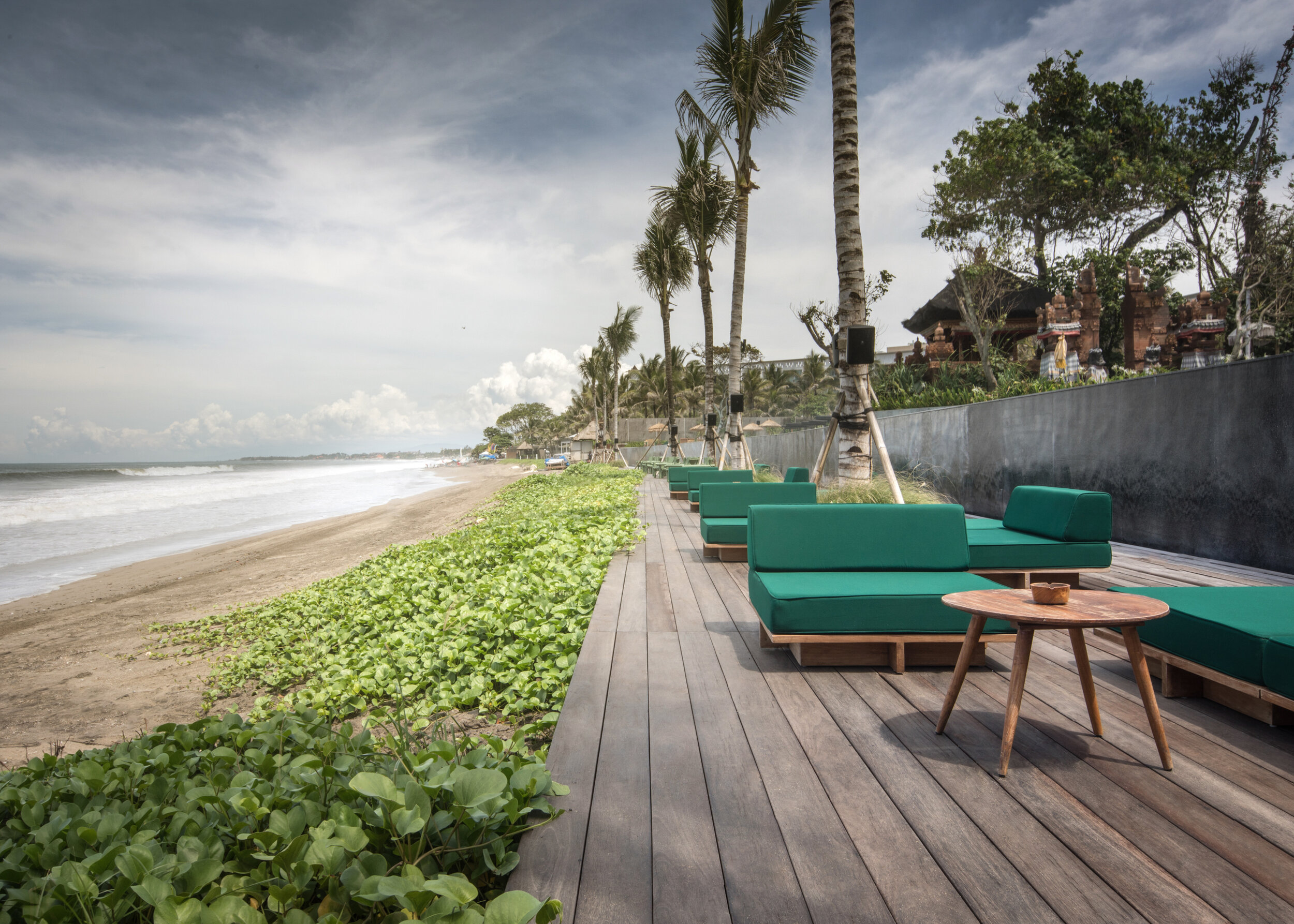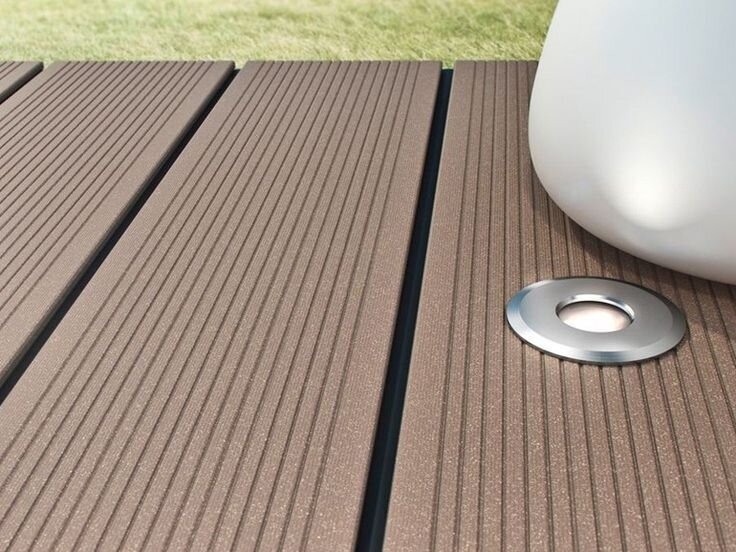Decks are becoming a household name in construction for welcoming spaces where you can entertain and relax under the sun or stars at night. But, these outdoor spaces have not always been dependable, attractive or versatile in character. This article pays close attention on how decks has evolved over the years, and unravel how the present’s decking compares to earlier designs.
The first part of this article engages and walk you through the history of decks and how it has evolved over the years. We will witness the transformation from the use of different materials without sacrificing the strength, durability, appeal, and design function.
As we speak, decks can be useful and serve as kitchen, living rooms, dining room and near-complete living spaces. But during the early seventies, these outdoor areas are just bare. Accordingly, most were minimal, square spaces measuring to no more than one hundred square foot. With limited amount of area to work with, decks were considered as grilling spots, but they are restricted for other activities. In the early seventies, most homeowners construct decks using hardwoods, and only several options were available in some of the regions. West Coast deck owners tended to select cedar wood, while those coming from the east coast typically construct decks using Douglas fir or pine wood.
Crucial Timeline of Developments. In themed 80s, design and concepts of decks started to be modified. No longer limited to functional meal preparation spaces. Decks has evolved in to being functional giving life to new purposes and became instant spot and attraction for homeowners who wanted to alter their outdoor living and give life to each and every part of the yard. Thanks to a lot of design advances, decks also became a true extension of one’s house instead on a separate tacked-on part of exterior yard.
Modified Sustainability. However, in the later 90s, composite materials have started to be
advanced and revolutionized in the realm of decking. Made from infused plastic and wood fiber, composite decking immediately enticed the taste of the customers seeking a cost efficient way to build a classy and elegant decking.
It is a known fact that hardwood is not the most sustainable option to be utilized as decking. However, in the late 90s, eco-friendly builders began to look for cheap wood material certified by the prime mover Forest Stewardship Council (“FSC”). In the similar era, aluminum began to have a strong grasp as a sustainable material owing to its status as an easy recyclable type of material.
Enhanced Strength. Majority of the species of hardwood are essentially durable, but they require regular maintenance to look great and maintain a sound structure for long periods of time. As homeowners shift attention towards more sustainable resources, they also started to select stronger materials that needs minimal maintenance. Woods that are pressure treated became an excellent choice for natural look, and aluminum as well as vinyl started to gain popularity for being strong and resistant from stain.
The next installment of this article will pay attention to the different timelines and will specify the different changes in terms of materials.
The second part of the article will show you the workability of hardwood and how it has evolved in to using composite hardwood. See, function is still there and will surely not be put at stake. However, there are different hardwoods destined for different climates and other parameters. Let us take a look at it.
In the early 2010s, advancement in composite decking construction modified this material’s strength as well. These modifications made composite decking a great choice for homeowners looking for a product that is resistant from sun exposure and moisture.
Top Decking Choices For Today. When you are able to construct a deck at this point, you will have a number of choices to mull over. Whether you are eyeing for durability, appearance or sustainability, one of the following materials will fit the amount:
Hardwood Decking material. Hardwood might be a veteran on the decking industry, but it still has its original beauty for a lot of homeowners. At the end of the day, no other decking material has a look that’s quite as natural or elegant as hardwood. To date, Cedar and Redwood are still the best options for their natural resistance to decay and insects especially if you are eyeing for first class wood.
Even tough hardwood needs a lot of care and maintenance to prolong its existence, you can easily care for it. Homeowners can be able to re-sand the scratches, worn areas and dents and be able to re-stain them so that they look excellent as new. Furthermore, in re-tweaking isolated places, you need to strip and re-stain your hardwood deck on an inclement of not more than five (5) years. Hardwood decking may also be in the form of deck tiles, which makes a straightforward and uncomplicated type of installation.
Tropical Hardwood type of decking. Considered a sub set of wood decking in their natural character, tropical hardwoods possesses quite a premium amount and showcases a lot of advantages. Wood species like cumaru and mahogany are undeniably strong, pest resistant, sturdy, moisture resistant and have apparent beautiful grains. Best of all for its anti-rot and anti-termite properties being the ironwood such as Ulin from Kalimantan.
Tropical hardwood can be a bit of a complex and costly to install since they possess a strong density and they are not receptive to staining.. However, they might aged and change color and slowly losing their original appeal.
Recycled Ulin ironwood decking by the sea
Pressure-Treated Wood Decking. If you are looking for a more cost-efficient option to hardwood, you have to considered pressure-treated wood class. This is the essential materials utilized in about eighty percent of the contemporary decking of today and is basically made with pinewood. The pressure treatment give this material and extra resistance to pests, rots and more importantly, fungus. At this point, pressure-treated wood decking utilizes a much safer type of chemicals as compared to previous decking materials. However, cheap products also has significant disadvantages. This material is susceptible to crack and warp, and it needs maintenance to increase its lifespan.
Two parts are not enough to boldly showcase the richness that the decks have and how it has evolved through the years. On the last part of this article, we will show you other materials used for decking aside from hardwood.
See how rich the culture of decking industry is. However, there is more to life aside from using hardwood. Other classes and materials can also be used or infused with hardwood and similarly, the strength, design as well as the durability is not compromised. Let us continue with some of the different materials that can be used in constructing your very own decking.
Composite decking. Composite decking is considered as cost-efficient and sustainable choice that looks like hardwood decking, but it is available in wide array of grains and colors. This kind of decking is a lot sustainable as compared to hardwood, since it is made from waste and recycled materials. It has a lifespan of up to twenty-five (25) years. The composite decking manufactured nowadays requires minimal maintenance as long as you do not apply stain or paint on it. If you apply chemicals, you will be required to schedule routine maintenance as well as periodic re-staining.
Vinyl or Plastic Decking. This is basically made from vinyl or PVC, this is manufactured decking showcase extra strength and almost maintenance-free. Plastic decking resists wear and stains, and it is considered to be a lightweight choice. This class is considered as one of the most cost-efficient decking material available in the market. However, it does not possess an elegant hardwood appeal.
WPC decking Relazzo by Rehau
Aluminum Decking. Aluminum is originally pest resistant, and it is also resistant to wear and mold. This class of decking is said to be durable and tough, which simply means that you slipping and cracking will not be prevalent. To add, it is slip-resistant, that is why is works efficiently in wet climates. Aluminum is the most practical choice for being lightweight. Hence, also recyclable.
The Decking of the future. For the last forty (40) years, decking has evolved from an all-natural realm to an industry by which synthetics are tremendously prevalent. As this industry thrives to move forward, the realm should be thankful to the increased in demand for outdoor living area, the requirement of versatility, sustainable decking materials will surely increase as time goes by. Materials that can weather all kinds of climate specifications, can withstand significant use without the need of regular maintenance, and appeal elegant without harming the environment are most likely to become fundamental for the decks of the future.
From natural wood in a one-size-fits-all model to modern types of materials with almost seamless options in terms of design, decking has come a long way up to this point in time. Without mentioning a short span of time. Whether you are learning towards a reliable classic design or a contemporary composite deck, you can be able to come up with the ideal outdoor space destined for your lifestyle and more importantly, budget.
Truly indeed, the decking industry has come a long way. As long as the function is there, ideas are widely accepted. All we think about now is, the design, durability and strength, as well as the dependability is not compromised.


